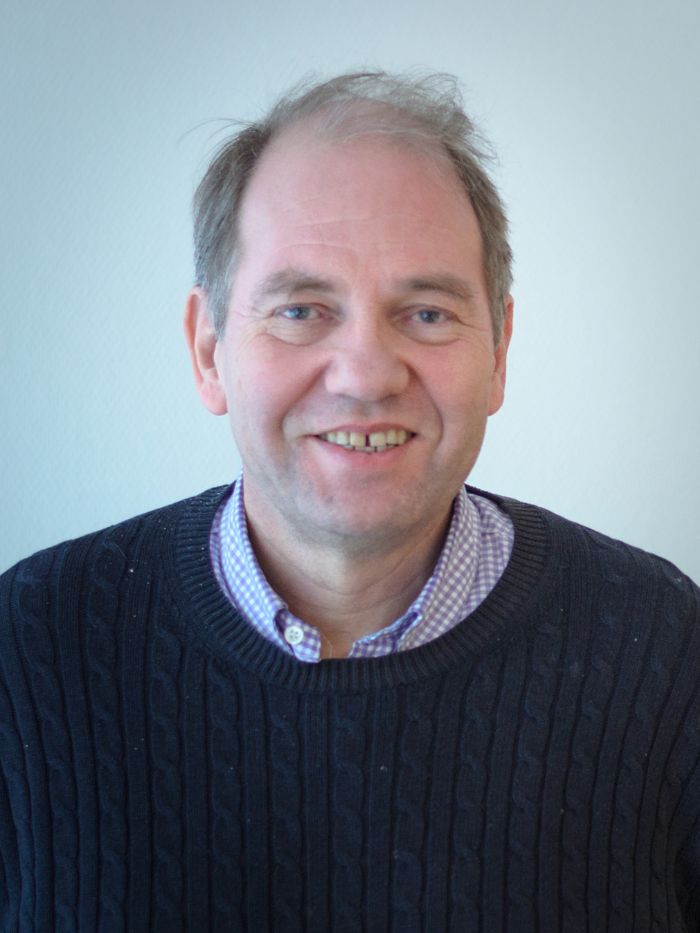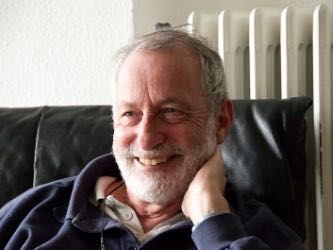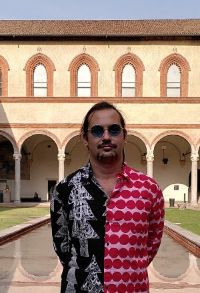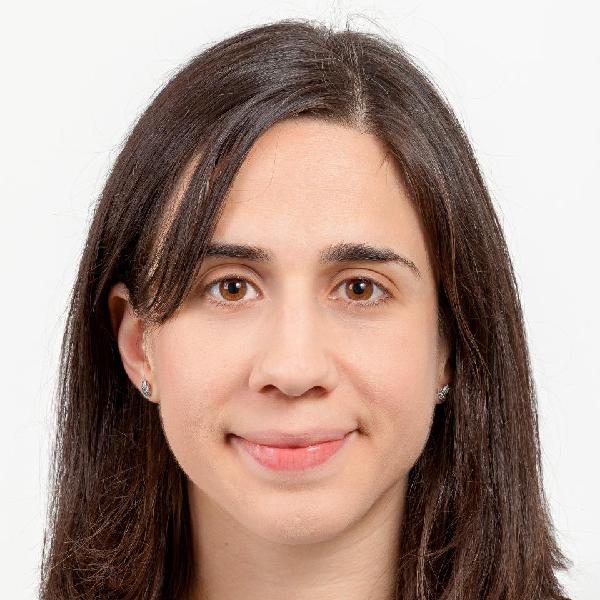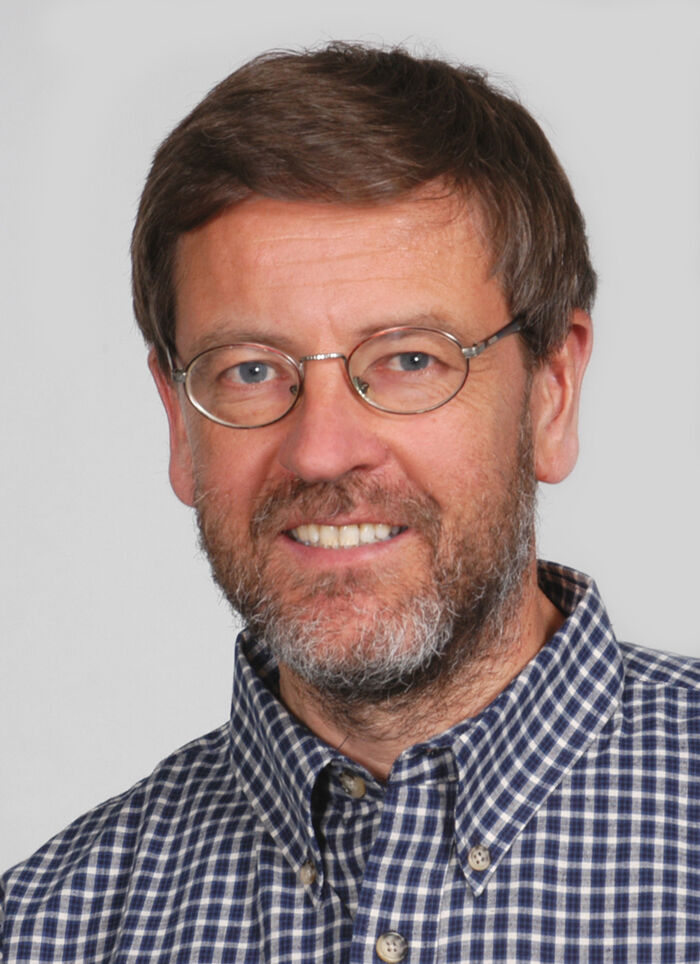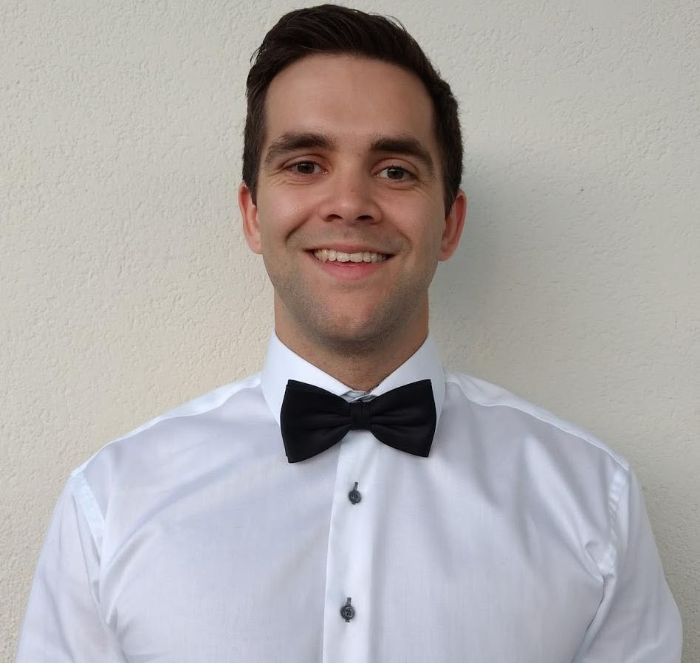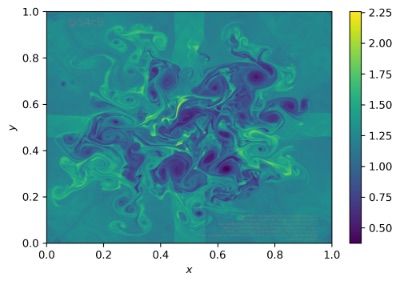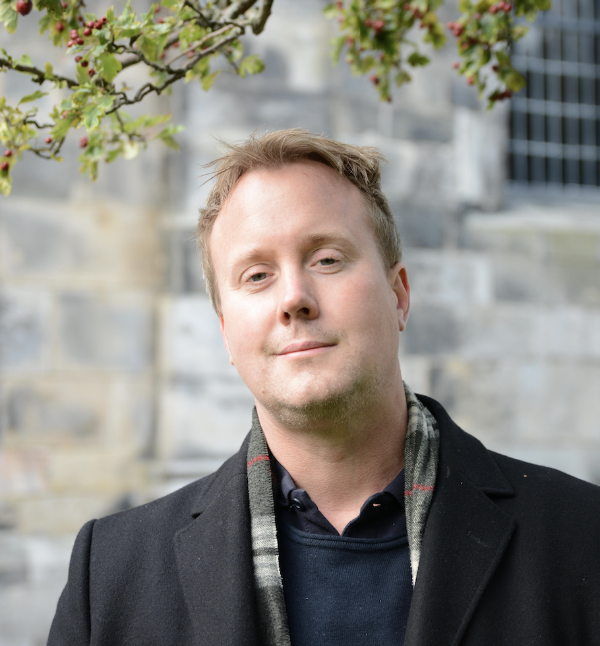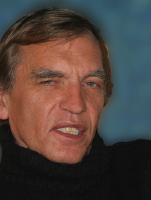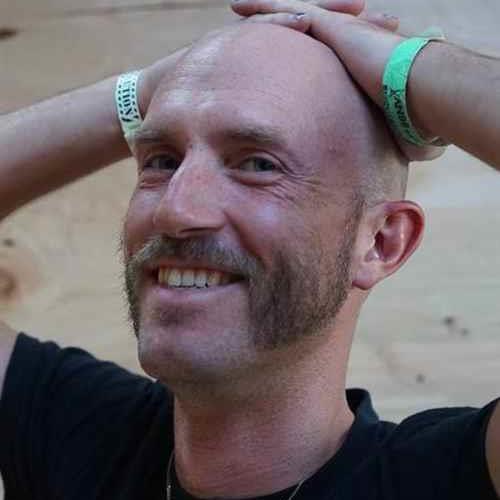Tidlegare gjesteforelesninger og seminarer - Side 19
Abstract: Swimming bacteria, growing cell tissues, molecular motors, and microtubule systems confined to a substrate are examples of active matter films that exhibit long-range nematic (orientational) order. Intrinsic activity in these systems builds mechanical stresses that tend to destroy local nematic order through topological defects, which act as sources of persistent active flows. The overall evolution and functionality of biological matter is greatly influenced by these orientational defects. Yet, their formation and dynamics are driven by a complex interplay between topological singularities in the nematic order and active flow instabilities, and this is not completely understood.
Click title to continue reading abstract...
Prof. Per Barth Lilje, Institute of Theoretical Astrophysics, UiO.
For many real-life phenomena one may assume that the units of observation, typically patients, transition through a set of discrete states on their way towards an absorbing state. The states often constitute various stages of a disease, from perfect health through various stages of dementia for example. Multi-state models are a class of statistical models which allow us to study the time spent in different states, the probability of transitioning between states, and the relationship between these quantities and covariates of interest. In many applications the transition times between states are not observed exactly; instead, the current state of the patients is queried at arbitrary times. The transition times are therefore interval censored, and this makes inference and modelling challenging. Most current approaches are based on the Markov assumption, for example the simplest parametric model available - the time-homogeneous Markov model. Here, we propose a new, general framework for parametric inference with interval censored multi-state data. Our models allow non-Markovian behaviour. I will present the framework and an algorithm for the automatic construction of the likelihood function, along with real-data examples. This talk is based on joint work with Marthe Aastveit and Nils Lid Hjort.
Abstract: Exchange processes across a porous-medium free-flow interface occur in a wide range of environmental, technical, and bio-mechanical systems. In the course of these processes, flow dynamics in the porous domain and in the free-flow domain exhibit strong coupling, often controlled by mechanisms at the common interfaces. Such processes need to be analyzed on small scales and new scale-bridging modeling concepts need to be developed for an accurate description also on larger scales (REV scale). Recent developments within the Collaborative Research Center "Interface-Driven Multi-Field Processes in Porous Media – Flow, Transport and Deformation" and the Cluster of Excellence SimTech at the University Stuttgart regarding such aspects for coupled free-flow and porous-medium flow systems will be presented in this talk.
This talk is part of the Mechanics Lunch Seminar series. Bring-your-own-lunch and lots of questions.
Abstract: We present a second-order numerical scheme to compute capillary bridges between arbitrary solids by minimizing the total energy of all interfaces. From a theoretical point of view, this approach can be interpreted as the computation of generalized minimal surfaces using a Newton-scheme utilizing the shape Hessian. In particular, we give an explicit representation of the shape Hessian for functionals on shells involving the normal vector without reverting back to a volume formulation. From an algorithmic perspective, we combine a resolved interface via a triangulated surface for the liquid with a level-set description for the constraints stemming from the arbitrary geometry. The actual shape of the capillary bridge is then computed via finite elements provided by the FEniCS environment, minimizing the shape derivative of the total interface energy.
This talk is part of the Mechanics Lunch Seminar series. Bring-your-own-lunch and lots of questions.
Honorary Prof. Jean-Pierre Eckmann, University of Geneva, Switzerland.
C*-algebra seminar talk by Ole Brevig (University of Oslo)
Second of two lectures on constructing non-Fourier-Mukai functors
Abstract: After a broad overview of the activities of MecaWet group at PMMH, the presentation will focus on the “dry side” of MecaWet.
This talk is part of the Mechanics Lunch Seminar series. Bring-your-own-lunch and lots of questions.
Foteini Oikonomou, Physics Department of the Norwegian University of Science and Technology
First of two lectures on constructing non-Fourier-Mukai functors
Cards are drawn, one at a time, with replacement, from a deck of n cards. I study the total time W_n needed until we have seen all n cards, via different perspectives, along with a Gumbel limiting distribution. Various non-trivial identities, involving different perspectives for moments and Laplace transformations, are found as corollaries. These findings are also used to estimate the number of different cards,if uknown. If I needed to sample 133 words from a document, before I had 50 different words, what is the vocabulary size for the document? How many words did Shakespeare know (including those he never used in his writing)?
An Abels Tårn podcast about some of these themes, which attracted a fair amount of inspired comments and guesses from the public (specifically, finding the mean of W_n above, for the case of n = 52 cards), can be found on the Abels Tårn website, July 2021, as a conversation with Torkild Jemterud, Jo Røislien, and myself.
Sondre Vik Furuseth, Rosseland Centre for Solar Physics, UiO.
The PDE seminars for the Autumn of 2021 will be held every Tuesday from 10:15–12:00
Professor Dan Crisan, Imperial College London, author of several books on filtering is now holding an intensive course.
Abstract: Mixed-dimensional partial differential equations (PDEs) are equations coupling unknown fields defined over domains of differing topological dimensions. Such mixed-dimensional PDEs naturally arise in a wide range of fields including geology, biomedicine, and fracture mechanics. We introduce an automated framework dedicated to mixed-dimensional problems as part of the FEniCS library. This talk gives an overview of the abstractions and algorithms involved. The introduced tools will be illustrated by concrete examples of applications in biomedicine (see below for more detailed context).
This talk is part of the Mechanics Lunch Seminar series. Bring-your-own-lunch and lots of questions.
Oscar Agertz, Department of Astronomy and Theoretical Physics at Lund University, Sweden.
Senior Engineer Sigrid Rønneberg, Justervesenet (The Norwegian Metrology Service)
The talk is elementary and discusses empirical modelling of single variables with insurance losses as example. There are in such cases little or no theory to go on, and the amount of data is many situation quite scarce. Why do we so often limit ourselves to fit two-parameter families? It will be suggested that it may be a good idea to work with more flexible models with three or four parameters and that this may provide a nice framework for automating the entire procedure for the computer to work alone. Sure, with little data the parameters may be unstably estimated, but that may not apply equally to the distributions they define. Many-parameter families suitable for insurance losses will be reviewed with some simple asymptotics in an example allowing this and with Monte Carlo to throw light on the issue in other cases.
In this talk I will discuss the variational form of Bayes theorem by Zellner (1988). This result is the rationale behind the variational (approximate) inference scheme, although it is not always that clear in modern presentations. I will discuss two applications of this results. First, I will show how to do a low-rank mean correction within the INLA framework (with amazing results), which is essential for the next generation of the R-INLA software currently in development. In the second one, I will introduce the Bayesian learning rule, which unify many machine-learning algorithms from fields such as optimization, deep learning, and graphical models. This includes classical algorithms such as ridge regression, Newton's method, and Kalman filter, as well as modern deep-learning algorithms such as stochastic-gradient descent, RMSprop, and Dropout.
The first part of the talk is based on our recent research at KAUST, while the second part is based upon \texttt{arxiv.org/abs/2107.04562} with Dr. Mohammad Emtiyaz Khan, RIKEN Center for AI Project, Tokyo.
Abstract: The concept of symmetry breaking is well-known in physics, for instance in condensed matter, where it results from interactions in a many-body system — e.g., phase transition in a spin system. Yet, as physicists, we tend not to think of the patterned structures seen in living, many-body systems in terms of broken symmetries. Whether it is the spacing of knuckles on our hand, the collective alignment of hairs on an insect wing, or more globally the transformation of a homogeneous, isotropic embryo into a developed organism, symmetry breaking abounds in biology. What new insights can a physicist bring to understand the origin of these complex phenomena? (Click title to read full abstract below...)
Abstract: Elimination of substances from the brain is believed to occur by a combination of convection and diffusion. In previous work, transport along perivascular spaces around blood vessels have been explicitly meshed and modeled, and also 1D-3D models have been used to model the interaction between blood and brain tissue. A problem with both these approaches is that it requires spatial information of all blood vessels within the brain and in addition may result in a computationally expensive system to solve. In this talk, I will introduce a homogenized model of transport in the brain, also taking into account transfer between different compartments (like blood and brain tissue) within the brain. Fluid flow in and between compartments are modeled with the mulitple-porosity elasticity theory (MPET), while transport within and between compartments are modeled with convection-diffusion equations. I will further show preliminary results from our model and compare with experimental data obtained in a glioma (brain tumor) patient, where transport between blood and brain is typically altered.
This talk is part of the Mechanics Lunch Seminar series. Bring-your-own-lunch and lots of questions.
Federico Urban, Institute of Physics, Czech Academy of Sciences.
